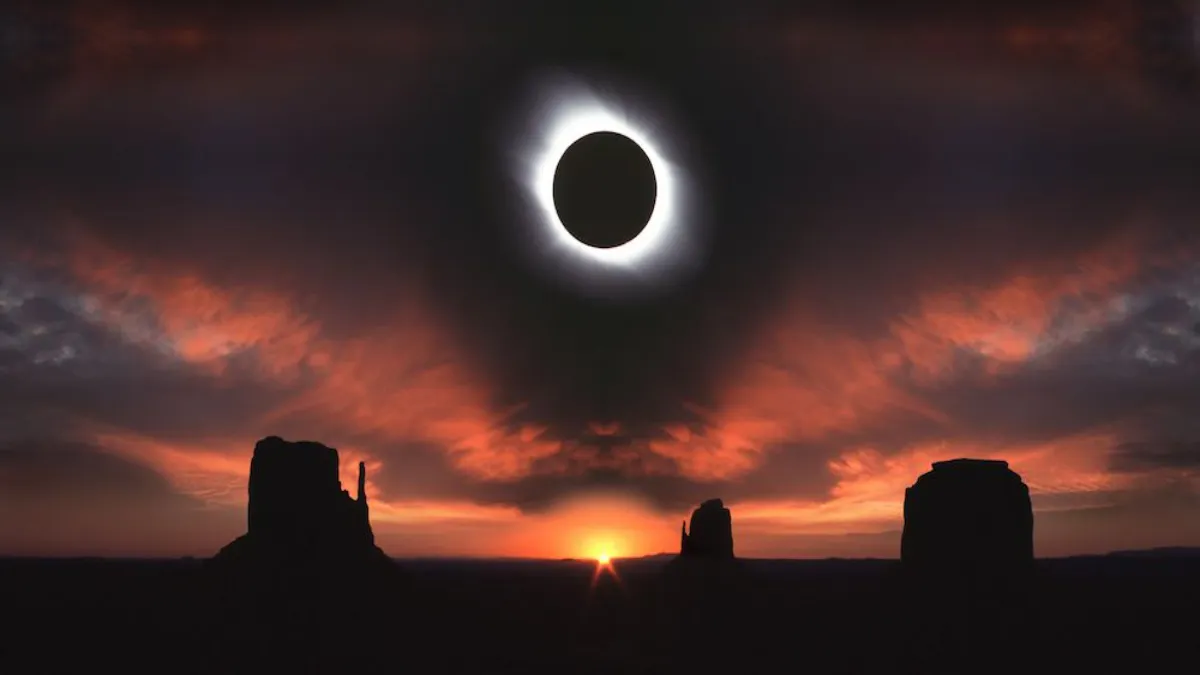
Advertisement
Solar eclipses are breathtaking celestial events that capture the imagination of people around the world. The spectacle of the moon passing between the Earth and the sun, partially or completely blocking out the sun’s light, is a rare and awe-inspiring sight. However, amid the excitement of witnessing such a phenomenon, there are concerns about the potential harm it can cause to the eyes. Many wonder whether watching a solar eclipse can make your eyes hurt and if precautions need to be taken to safeguard one’s vision.
A solar eclipse occurs when the moon passes between the Earth and the sun, casting a shadow on the Earth’s surface. There are different types of solar eclipses, including total, partial, and annular eclipses, depending on the alignment of the sun, moon, and Earth. During a total solar eclipse, the sun is completely obscured by the moon, creating a brief period of darkness known as totality. Partial eclipses occur when only a portion of the sun is covered by the moon, while annular eclipses occur when the moon is too far from the Earth to completely block out the sun, resulting in a ring of sunlight around the moon’s silhouette.
Does watching a Solar Eclipse make your eyes hurt?
One of the main concerns associated with watching a solar eclipse is the potential harm it can cause to the eyes. Staring directly at the sun, even during an eclipse, can lead to a condition known as solar retinopathy. This occurs when the intense light from the sun damages the cells in the retina, the light-sensitive tissue at the back of the eye. Symptoms of solar retinopathy include blurred vision, blind spots, and distortion of shapes and colors. In severe cases, permanent damage to the retina can occur, leading to permanent vision loss.
To safely view a solar eclipse without risking eye damage, it is essential to use proper eye protection. Regular sunglasses or makeshift filters, such as exposed film negatives or smoked glass, are not sufficient to protect the eyes from the harmful effects of solar radiation. Instead, viewers should use specially designed solar viewing glasses or solar filters that meet international safety standards. These glasses are equipped with special lenses that block out harmful ultraviolet and infrared rays while allowing safe viewing of the sun’s image.
Additionally, other indirect methods of viewing a solar eclipse can be used to avoid direct exposure to the sun’s rays. These include pinhole projectors, solar eclipse viewers, and telescopes with solar filters. These methods project an image of the sun onto a surface, such as a piece of paper or a screen, allowing viewers to observe the eclipse safely without looking directly at the sun.
While watching a solar eclipse can be a memorable and awe-inspiring experience, it is essential to take precautions to protect your eyes from potential harm. Staring directly at the sun during an eclipse can cause permanent damage to the retina, leading to vision loss and other visual impairments. By using proper eye protection, such as solar viewing glasses or indirect viewing methods, viewers can safely enjoy the spectacle of a solar eclipse without risking their vision. As with any celestial event, safety should always be a top priority when observing a solar eclipse.
